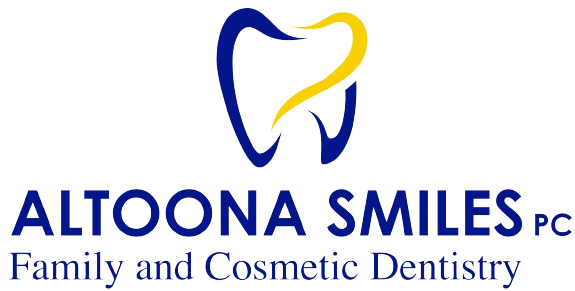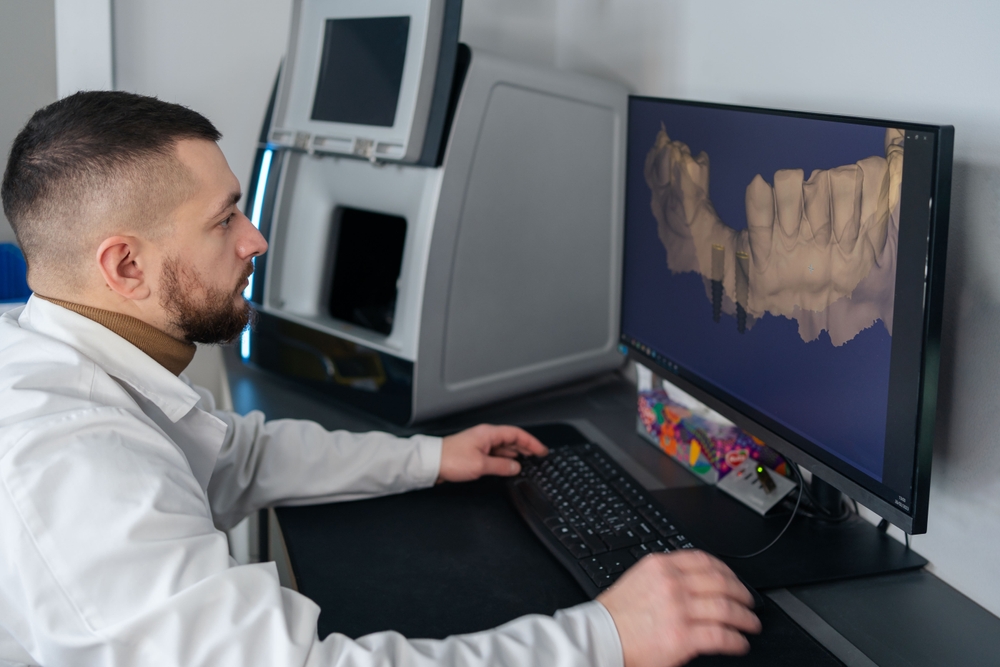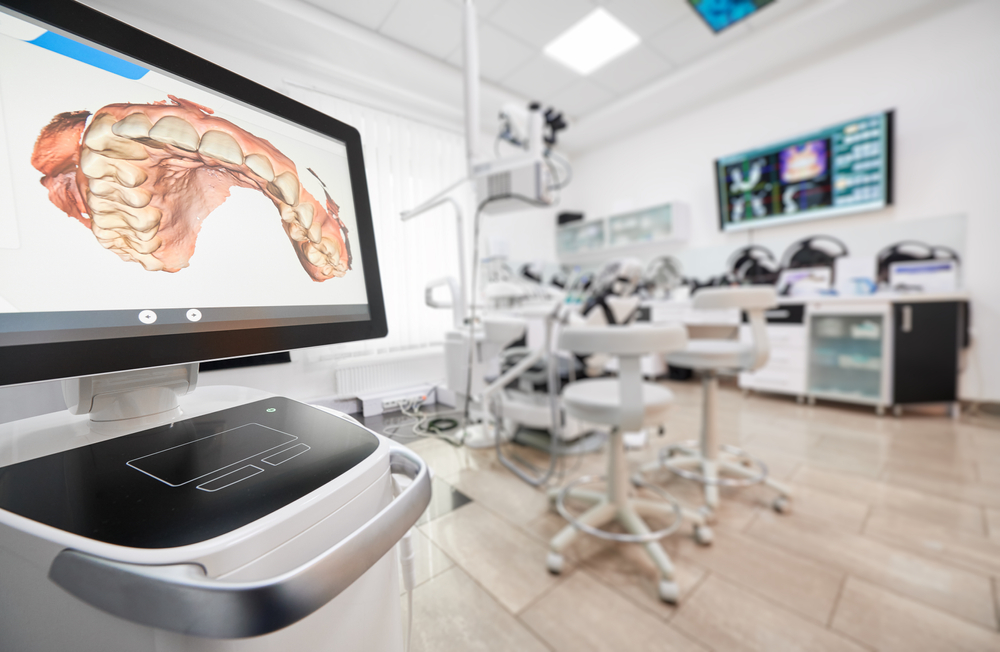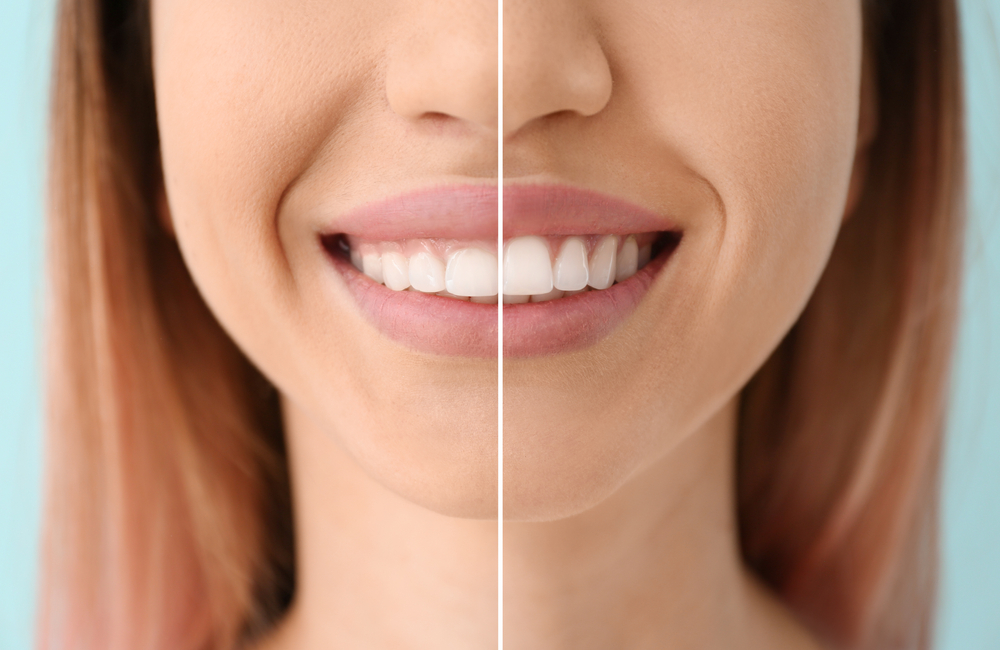The dental industry is undergoing a remarkable transformation, driven by the rapid advancements in 3D printing technology. Once limited to creating simple prototypes, 3D printing has evolved to produce highly precise and customized dental devices, revolutionizing the way dental care is delivered. From implants and crowns to orthodontic aligners and surgical guides, 3D printing offers unparalleled accuracy and efficiency, significantly enhancing patient outcomes. This blog explores the latest innovations in 3D printing for dental applications, highlighting how this cutting-edge technology is reshaping the dental landscape and setting new standards for quality and care.
In This Blog:
- Current Applications of 3D Printing in Dentistry
- Benefits of 3D Printing in Dentistry
- The Future Potential of 3D Printing in Dentistry
Current Applications of 3D Printing in Dentistry
3D printing has brought about a significant transformation in various facets of dental care, offering innovative solutions that enhance both precision and efficiency. Here are some of the main current applications of 3D printing in the dental field:
Dental Implants
3D printing enables the creation of highly precise and personalized dental implants. This technology allows for the production of implants that perfectly match the patient’s unique anatomy, improving the fit and function of the implant. This level of customization also reduces the overall treatment time and cost, making implants more accessible and effective.
Crowns and Bridges
The fabrication of crowns and bridges has been significantly improved by 3D printing technology. Dentists can now produce restorations with greater accuracy and fit, resulting in more durable and aesthetically pleasing outcomes. Advanced materials used in 3D printing, such as high-strength ceramics, provide better longevity and more closely mimic the natural appearance of teeth. The speed and precision of 3D printing also allow for same-day restorations, greatly benefiting patient experience.
Orthodontics
Orthodontic treatments have seen substantial benefits from 3D printing, particularly with the creation of customized clear aligners. These aligners are made by scanning the patient’s teeth and producing a precise digital model, which is then used to print a series of aligners that gradually move the teeth into their desired positions. This method not only enhances the comfort and effectiveness of orthodontic treatments but also shortens the production time compared to traditional braces.
Surgical Guides
3D printing has greatly improved the accuracy and effectiveness of dental surgeries. Customized surgical guides, created from digital scans of the patient’s mouth, ensure precise placement of dental implants and other surgical interventions. These guides significantly reduce the risk of errors, improve surgical outcomes, and enhance patient safety. The use of 3D-printed guides has become a standard practice in many complex dental procedures.
Dentures
The production of dentures has also greatly advanced with 3D printing technology. Traditional denture fabrication is a lengthy process involving multiple steps and adjustments. In contrast, 3D printing allows for the creation of dentures that are more comfortable and fit more accurately, reducing the need for extensive modifications. This not only speeds up the manufacturing process but also enhances patient satisfaction by providing a better fit and improved function.
Dental Models and Prototypes
3D printing is widely used to create dental models and prototypes. These models are invaluable for diagnostic purposes, treatment planning, and patient education. Accurate 3D-printed models allow dentists to visualize and plan complex procedures more effectively, ensuring better outcomes. They also help in communicating treatment plans to patients, enhancing their understanding and involvement in their dental care.
Custom Trays and Biocompatible Appliances
Custom trays for dental impressions and other biocompatible appliances, such as night guards and retainers, can be efficiently produced using 3D printing. These custom-made devices offer improved comfort and effectiveness compared to standard, off-the-shelf solutions. The precision of 3D printing ensures that these appliances fit perfectly, enhancing their functionality and patient compliance.
The current applications of 3D printing in dentistry demonstrate the technology’s vast potential to improve various aspects of dental care. By offering precise, customized, and efficient solutions, 3D printing is transforming the way dental treatments are designed and delivered, ultimately leading to better patient outcomes and a higher standard of care.
Benefits of 3D Printing in Dentistry
3D printing technology has brought numerous advantages to the dental field, significantly enhancing the quality and efficiency of dental care. Here are some of the key benefits of 3D printing in dentistry:
Improved Accuracy and Personalization
One of the main advantages of 3D printing in dentistry is the ability to produce highly accurate and personalized dental devices. Unlike traditional manufacturing methods that involve multiple steps and adjustments, 3D printing allows for the direct creation of dental products from digital designs. This precision is particularly valuable for complex procedures such as implants, crowns, and bridges, where a perfect fit is crucial for patient comfort and function.
Reduced Treatment Duration and Expenses
3D printing streamlines the production process for dental restorations, significantly reducing the time required to complete treatments. Traditional methods can take several weeks and involve multiple visits and adjustments. With 3D printing, many dental devices can be produced in just a few hours, enabling same-day treatments in some cases. This efficiency not only improves patient satisfaction but also lowers overall treatment costs by minimizing the need for repeated appointments and adjustments.
Enhanced Patient Comfort and Satisfaction
The customization capabilities of 3D printing lead to better-fitting dental devices, which in turn enhance patient comfort. Poorly fitting restorations can cause discomfort and require frequent adjustments. Custom-designed 3D-printed devices, tailored to the patient’s unique anatomy, provide a more comfortable and natural fit. This improvement in fit and function translates to higher patient satisfaction, as patients experience fewer issues and a more seamless integration of the dental device into their daily lives.
Higher Quality and Consistency
3D printing technology ensures that each dental product is produced to the highest standards of quality and consistency. The digital design and manufacturing process eliminates many of the variations and errors associated with traditional methods. This results in dental devices that are not only more accurate but also more durable and reliable, providing better long-term outcomes for patients.
Greater Innovation and Flexibility
The versatility of 3D printing allows for the exploration of new materials and designs that were previously impossible with traditional methods. This innovation leads to the development of advanced dental solutions, such as biocompatible implants and customized orthodontic devices. The flexibility of 3D printing technology also enables dental professionals to quickly adapt to new trends and techniques, ensuring they can offer the latest and most effective treatments to their patients.
The benefits of 3D printing in dentistry extend beyond technological advancements, profoundly impacting the overall patient experience and the operational efficiency of dental practices and laboratories. By embracing 3D printing technology, dental professionals can provide higher-quality care, reduce treatment times and costs, and improve patient outcomes. As 3D printing continues to evolve, its benefits will likely become even more pronounced, further solidifying its role as a cornerstone of modern dental practice.
The Future Potential of 3D Printing in Dentistry
The future of 3D printing in dentistry looks incredibly promising, with continuous technological advancements paving the way for even more transformative changes. Here are some key areas where 3D printing is expected to have a significant impact:
Emerging Technologies and Innovations
The future will likely see the advent of new technologies such as bioprinting, which could enable the creation of complex tissue structures and potentially even whole teeth. Advances in nanotechnology may lead to the development of materials with enhanced properties, such as increased strength and biocompatibility, further improving the quality and durability of dental restorations.
Fully Automated Dental Manufacturing
As automation technologies progress, the concept of fully automated dental manufacturing is becoming more feasible. This would involve a seamless integration of digital workflows, from patient scanning to design and production, minimizing the need for human intervention. Such automation could significantly boost efficiency, reduce costs, and make high-quality dental care more accessible.
Integration with Other Digital Dentistry Technologies
Future developments will likely see greater integration of 3D printing with other digital dentistry technologies, such as intraoral scanners, artificial intelligence (AI), and augmented reality (AR). AI can enhance the precision of digital designs and streamline diagnostic processes, while AR can assist in treatment planning and patient education. The convergence of these technologies will create a more comprehensive and efficient approach to dental care.
Personalized Patient Care
The trend towards personalized medicine is also influencing dentistry. 3D printing allows for highly customized dental solutions tailored to the individual needs of each patient. This level of personalization is expected to advance further, with treatments becoming even more patient-specific, improving outcomes and patient satisfaction.
Expansion of Applications
The range of applications for 3D printing in dentistry is expected to expand further. Beyond current uses in prosthetics and orthodontics, future applications may include the printing of advanced surgical tools, regenerative dental materials, and even customized drug delivery systems for oral health.
These future trends highlight the immense potential of 3D printing to transform dental care. As technology continues to evolve, 3D printing will undoubtedly play a pivotal role in shaping the future of dentistry, offering more precise, efficient, and personalized solutions for patients worldwide.
Conclusion
The advancements in 3D printing have revolutionized the dental industry, offering unprecedented precision, customization, and efficiency in various dental applications. From dental implants and crowns to orthodontics and surgical guides, 3D printing technology has significantly enhanced the quality of dental care, providing better outcomes and higher patient satisfaction. As we continue to witness the evolution of this innovative technology, the future of dentistry looks incredibly promising. The ongoing improvements in materials, printing techniques, and software integration are set to push the boundaries even further, making high-quality, personalized dental care more accessible than ever before. Embracing these advancements, dental professionals are poised to deliver exceptional care, transforming the dental experience for patients around the world.







